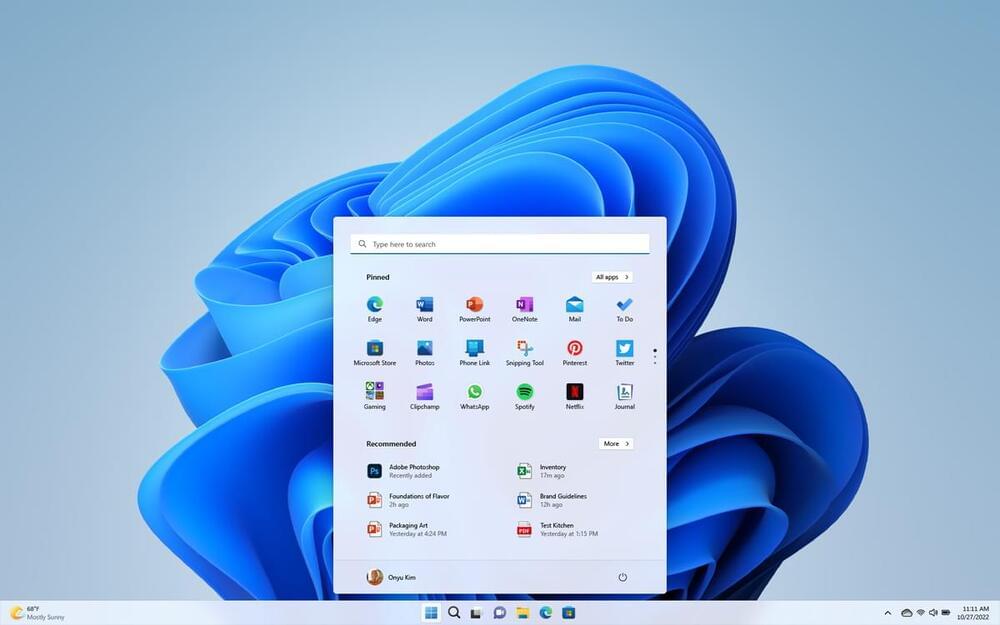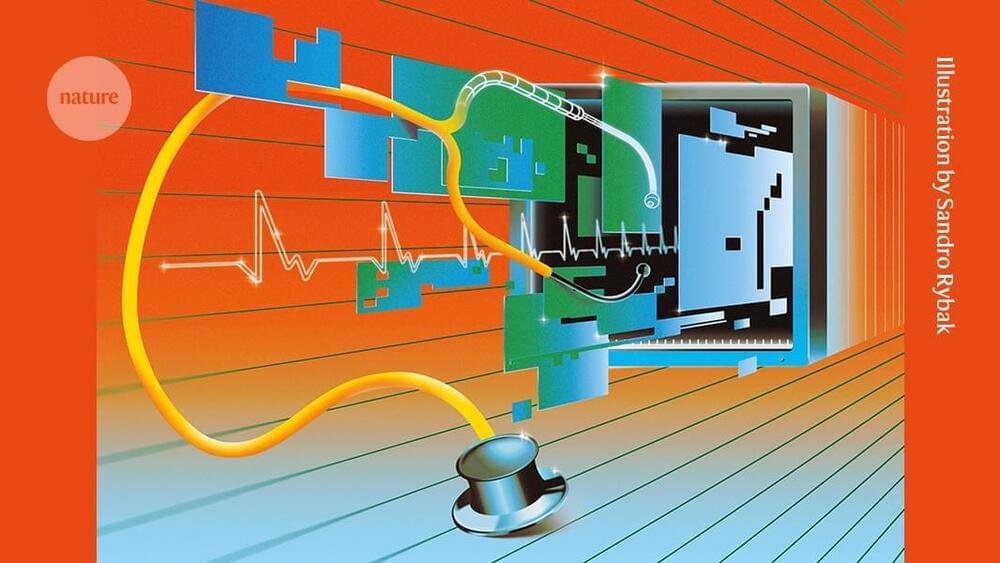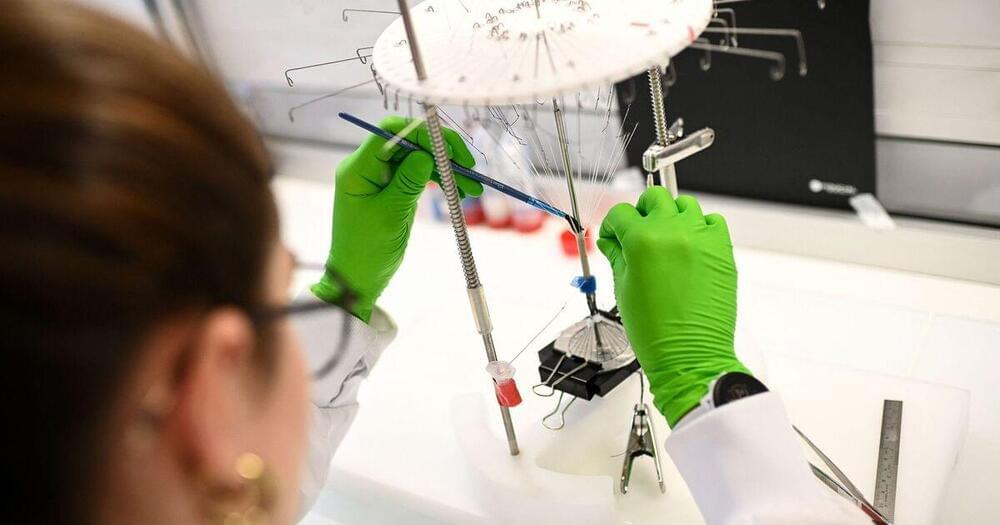It’s only in the beta versions of Windows at the moment but it won’t be long before it’s fully rolled out.


Boardwalk Robotics has introduced its new humanoid robot called Alex, aiming to enhance productivity and efficiency across various industries.
A video released by the firm showcases the humanoid, devoid of legs, carrying out various household tasks like organizing and cleaning a vessel.
Founded in 2017, Boardwalk has been a key commercial partner with the Institute for Human Machine Cognition (IHMC) in Florida, particularly in the construction of robots.



Neuralink says it has successfully implanted another brain chip in a human patient.
According to a study update shared by the company, the patient, identified by his first name, Alex, has been improving his ability to play video games and has started learning how to use design software to create 3D objects.
The company said the procedure “went well,” and Alex’s recovery “has been smooth.”

Skyfire claims it is offering the world’s first payment network designed to support fully autonomous transactions across AI agents, large language models (LLMs), data platforms and various service providers.
This development marks a significant step toward creating a new global economy where AI agents can function as independent economic actors, capable of making and receiving payments without human intervention.
“We really see that next million users for a lot of these [vendor] companies coming from AI agents being the customer,” said Sarhangi.


The creature is a kind of choanoflagellate, a microorganism closely related to animals:
Researchers from the University of California, Berkeley, have discovered an unusual creature in Eastern Sierra Nevada’s Mono Lake. This organism could provide insights into the complex animal life that originated on Earth over 650 million years ago.
The lake is famous for being home to creatures like shrimp and alkali flies.
The latest organism discovered is a type of choanoflagellate, a microscopic, single-celled life form that can develop into multicellular colonies.
Seeing the universe as one quantum object changes how we think about reality. It suggests that the separations we see are just an illusion—a useful one for everyday life, but an illusion nonetheless. At the deepest level, there’s no true division, no separate objects or events. Everything is part of one continuous, interconnected whole.